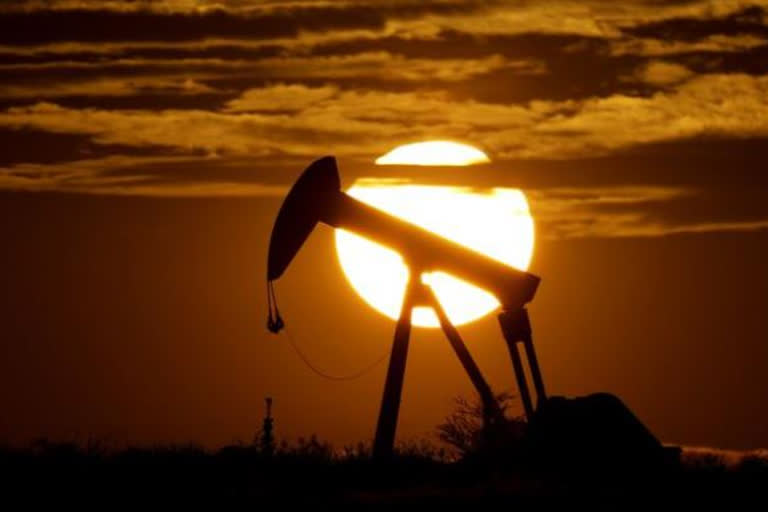Frankfurt: Oil cartel OPEC and allied countries are deciding how much oil to feed into the global economy as crude prices hover near seven-year highs spiking gasoline costs and fears of a Russian military move against Ukraine add to jitters oversupply. The likely outcome of Wednesday's online meeting, analysts say, will be to maintain the 23-member OPEC+ alliance's plan to gradually restore production slashed during the depths of the coronavirus pandemic in 2020. That means adding back 400,000 barrels per day each month, in this case for March.
Sticking to the plan would support oil prices, with several alliance members have been unable to meet their share of output. Higher oil prices are sending reverberations throughout the global economy in terms of higher consumer inflation in the U.S. and Europe and costlier fuel for heating, flying, and driving. Recent price rises also have been fed by the tensions in eastern Europe, "where the continued uncertainty surrounding Russia and Ukraine could jeopardize a significant portion of Russian oil flows should diplomatic talks break down and energy exports sanctions materialize, said Louise Dickson, senior oil markets analyst at Rystad Energy.
Russia is a major oil and gas producer. Some analysts think, however, that any sanctions imposed by the U.S. and Europe would seek to spare energy supplies. OPEC+ seems quite satisfied with the markets, with oil prices having recovered to around $90 per barrel, so is likely to maintain its schedule of gradual increases, for now, said Gary Peach, oil supply analyst for energy information company Energy Intelligence. The new problem for OPEC+ is producing what they promised. Some OPEC member countries, such as Nigeria and Angola, have been unable to ramp up production due to lagging oil investment. That raises the question of whether countries that can produce more such as de facto OPEC leader Saudi Arabia could fill the gap.
That is a question OPEC+ will have to address very soon, Peach said, though answers might not come at Wednesday's meeting. OPEC+ has a stake in stable price developments: While higher prices benefit state budgets in producing countries, members may not want to see them shoot to levels over $100 per barrel, when they might begin to erode demand from transportation and industry. U.S. oil traded at just over $88 per barrel Wednesday, while international benchmark Brent crude went for about $89 per barrel. U.S. drivers are paying an average of $3.36 per gallon for gasoline, up 8 cents from a month ago and 94 cents from a year ago, according to motor club federation AAA.
Also read: OPEC to extend oil production cuts for six months



